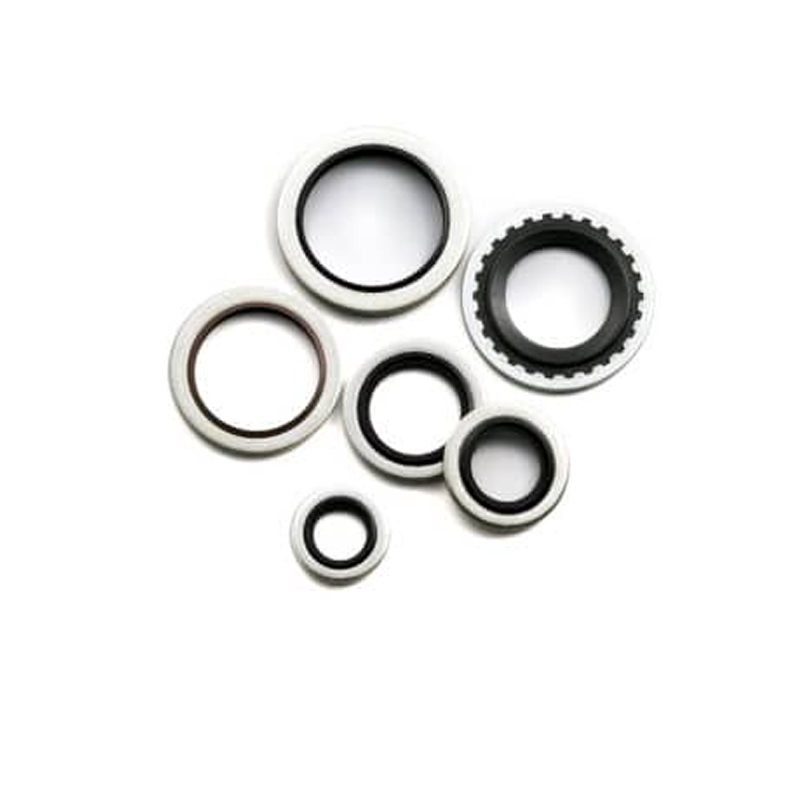high heat o rings
High Heat O-Rings The Key to High-Temperature Sealing Solutions
In numerous industrial applications, effective sealing is crucial for maintaining system integrity, preventing leaks, and ensuring safety. Particularly in high-temperature environments, the choice of sealing materials can significantly impact performance and durability. High heat O-rings have emerged as a key component in various industries, offering enhanced resistance to extreme temperatures and aggressive chemicals. This article explores the significance of high heat O-rings, their materials, applications, and advantages.
Understanding High Heat O-Rings
O-rings are circular seals designed to fit into a groove and compress against two mating surfaces. They create a barrier that prevents the passage of liquids, gases, or other substances. High heat O-rings are specifically engineered to withstand elevated temperatures, typically ranging from 200°F (93°C) to over 600°F (315°C), depending on the material used. The choice of material is critical, as different elastomers possess varying heat resistance and mechanical properties.
Materials Used in High Heat O-Rings
The effectiveness of high heat O-rings largely depends on the materials used in their production
. Common materials include1. Fluoroelastomers (FKM) Known for their excellent resistance to high temperatures, chemicals, and oils, fluoroelastomers can withstand temperatures up to 400°F (204°C) and, in certain formulations, even higher. They are frequently used in the aerospace, automotive, and chemical processing industries.
2. Silicone Rubber Silicone O-rings maintain flexibility at extreme temperatures, ranging from -100°F (-73°C) to 500°F (260°C). They are ideal for environments with fluctuating temperatures and are often used in food processing, pharmaceuticals, and medical devices.
3. Polyurethane While not as heat-resistant as FKM or silicone, polyurethane O-rings can withstand temperatures up to 250°F (121°C) and offer excellent abrasion resistance. They are typically used in hydraulic applications and high-wear environments.
high heat o rings

4. PTFE (Polytetrafluoroethylene) Known for its low friction and excellent chemical resistance, PTFE is used in high-temperature applications where chemical exposure is a concern. Although PTFE is not an elastomer, it can be combined with elastomeric materials to create effective sealing solutions.
Applications of High Heat O-Rings
High heat O-rings are ubiquitous in industries that operate under extreme conditions. Common applications include
- Aerospace Sealing components in engines and fuel systems where high temperatures and harsh chemicals are common. - Automotive Engine compartments often require seals that can endure high heat and prevent leaks of oil and coolant. - Oil and Gas Extraction and refining processes involve high temperatures, making reliable seals critical for operational safety and efficiency. - Chemical Processing Many chemicals are corrosive and operate under high temperatures, necessitating durable sealing solutions. - Food and Beverage High heat O-rings are essential in cooking and processing equipment, requiring materials that meet health and safety standards.
Advantages of Using High Heat O-Rings
Utilizing high heat O-rings offers several advantages, including
1. Enhanced Durability Designed to withstand extreme conditions, these O-rings offer longer service life, reducing maintenance costs. 2. Improved Safety Reliable sealing protects against leaks, minimizing the risk of accidents in critical applications. 3. Versatility High heat O-rings can be tailored for various applications, providing solutions for diverse industries. 4. Cost-Effectiveness Investing in high-quality O-rings reduces the frequency of replacements and maintenance, leading to long-term savings.
In conclusion, high heat O-rings are vital components in maintaining the performance of systems operating under challenging conditions. Their carefully engineered materials provide durability, safety, and versatility across multiple industries, making them integral to modern engineering solutions. As technology advances, the development of even more resilient materials will continue to expand the capabilities and applications of high heat O-rings, ensuring that industries can meet the demands of an ever-evolving landscape.
-
Understanding Automotive Oil Seals: Essential Components for Engine and Shaft Protection
News Jul.30,2025
-
The Importance of Heavy Duty Seals in Industrial and Residential Applications
News Jul.30,2025
-
Exploring Industrial Oil Seals: From Felt Oil Seals to TTO and CFW Solutions
News Jul.30,2025
-
Essential Guide to Oil Seals: From Radial to Metal-Cased Seals for Industrial Reliability
News Jul.30,2025
-
Choosing the Right Oil Seals and Gaskets for Industrial and Automotive Applications
News Jul.30,2025
-
Cassette Seals: Durable Sealing Solutions for Harsh Environments
News Jul.30,2025
-
Understanding the Front Main Engine Seal: Purpose, Maintenance, and Installation
News Jul.29,2025
Products categories















